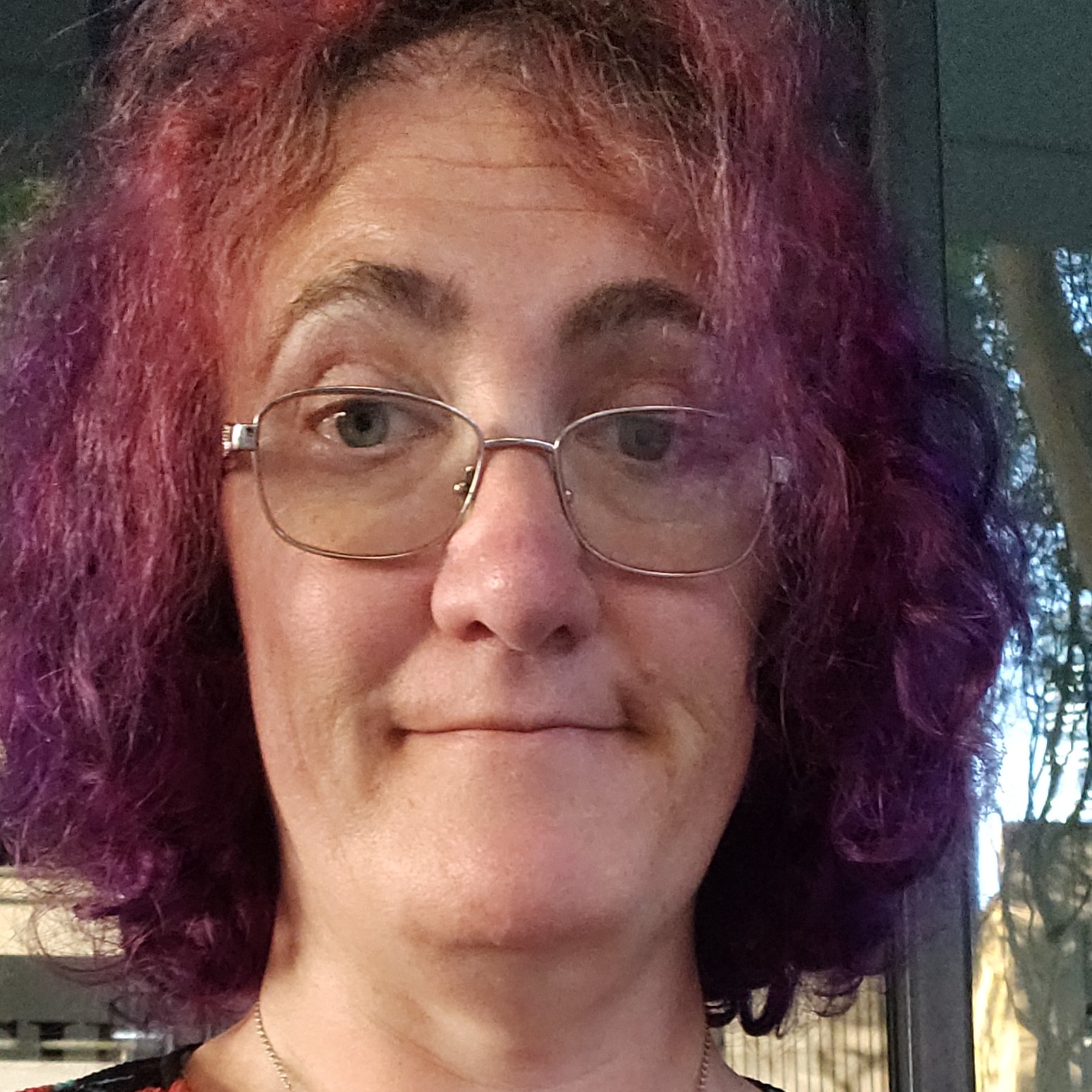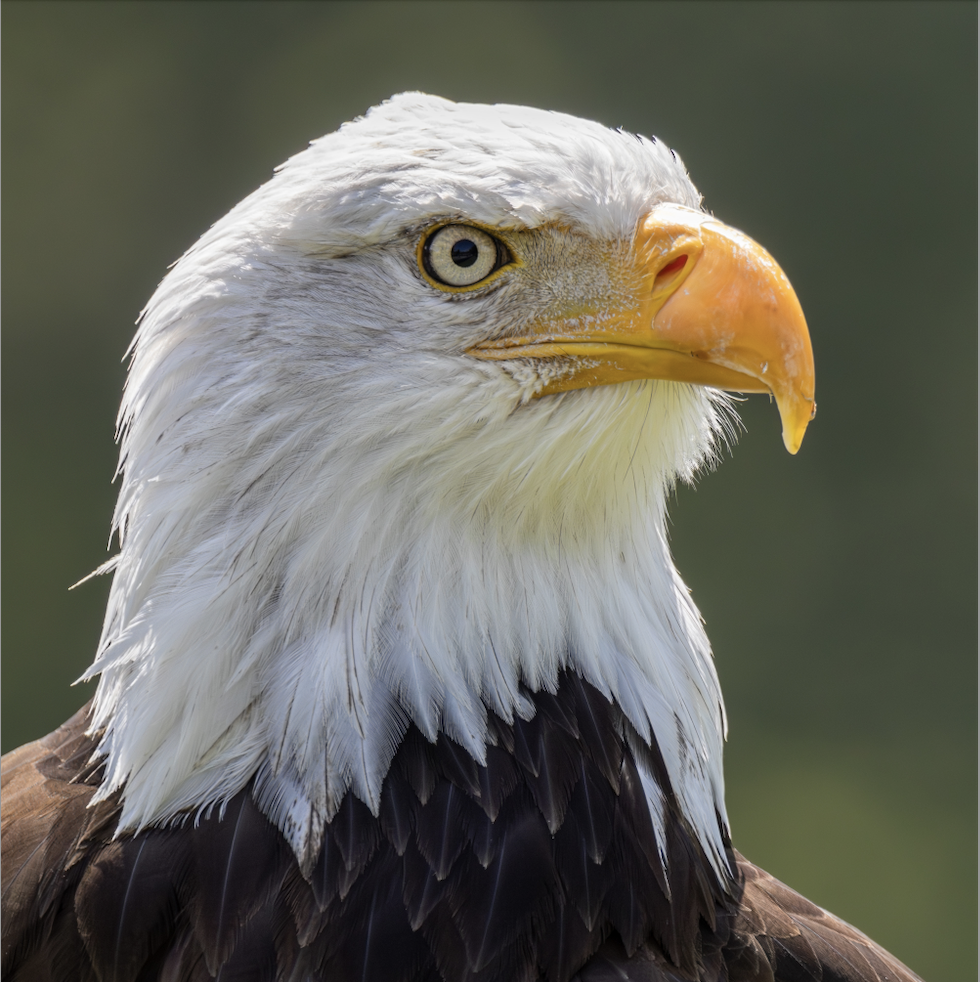Today, I set up my new Birdnet-Pi,a raspberry Pi, running an app that detects and identifies birds by their calls. This is my first half day of recording birds.
Image description: A screenshot of the Birdnet Pi web interface. At the top, it shows a breakdown of birds from that day, sorted by species and time. In order of total number of occurrences, the birds listed are Torresian Crow, Australasian Figbird, Noisy Miner, Barn Owl, Rainbow Lorikeet and Blue-faced Honeyeater. Beneath the list of birds, it shows a waveform graphic for the audio of the latest bird call identitied by the system. In this instance, a Torresian Crow.


This is incredible! I had no idea this software existed. I’m already thinking about reviving an old Raspberry Pi 3 I have lying around for this.
Do you have yours running 24/7? Do you use a water proof enclosure for the setup?
I only set it up today, so it hasn’t even been 24 hours yet, but 24/7 is the plan!
We haven’t bothered with water proofing as it’s set up on the back deck of my house, which is under a roof. We do have a plastic case for the Pi though, just to protect it from incidental environmental issues, but it’s by no means water sealed.
Just because it outputs a value doesn’t mean it’s correct. It is more likely it just spits out random nonsense on a regular basis.
Bird call ID is something that dedicated software excels at. They’re basically the perfect subject for it, since many bird species have calls that are very distinct on a spectrogram like the one in the OP. Examining the patterns in spectrograms manually is a method ornithologists have been using to identify birds since the 1950s.
You will occasionally get false positives from software, but if you’re keeping the audio it can be double checked fairly easily for anything results that seem ludicrous. It works well enough that the Cornell Lab of Ornithology has made it as easy as possible to migrate your data from their bird sound ID app directly to ebird for use in scientific studies.
This uses the same detection model as the whoBIRD android app. I’ve used it in a side by side test with Merlin and they do not give consistent results. They’re in the same ball park, but really every detection (for both apps) should be verified with human ears. And I’m not sure that’s possible with a 24/7 setup.
IT’S STILL AWESOME AND FUN! I hope the talented people that made this continue to develop it. I’m glad this was posted, but like OP said, not super practical.
In two days, I’ve had one incorrect ID, and one that may or may not be accurate.
Both resolved by increasing the certainty threshold from its default of 70%, up to 80%.
I found both whoBIRD and Birdnet-Pi to give good results, as long as you dismiss the low confidence results. For results with a confidence of 80 % or higher I very rarely have incorrect results. Every once in a while it confuses one kind of thrush with another, but they do sound similar to my human ears as well.